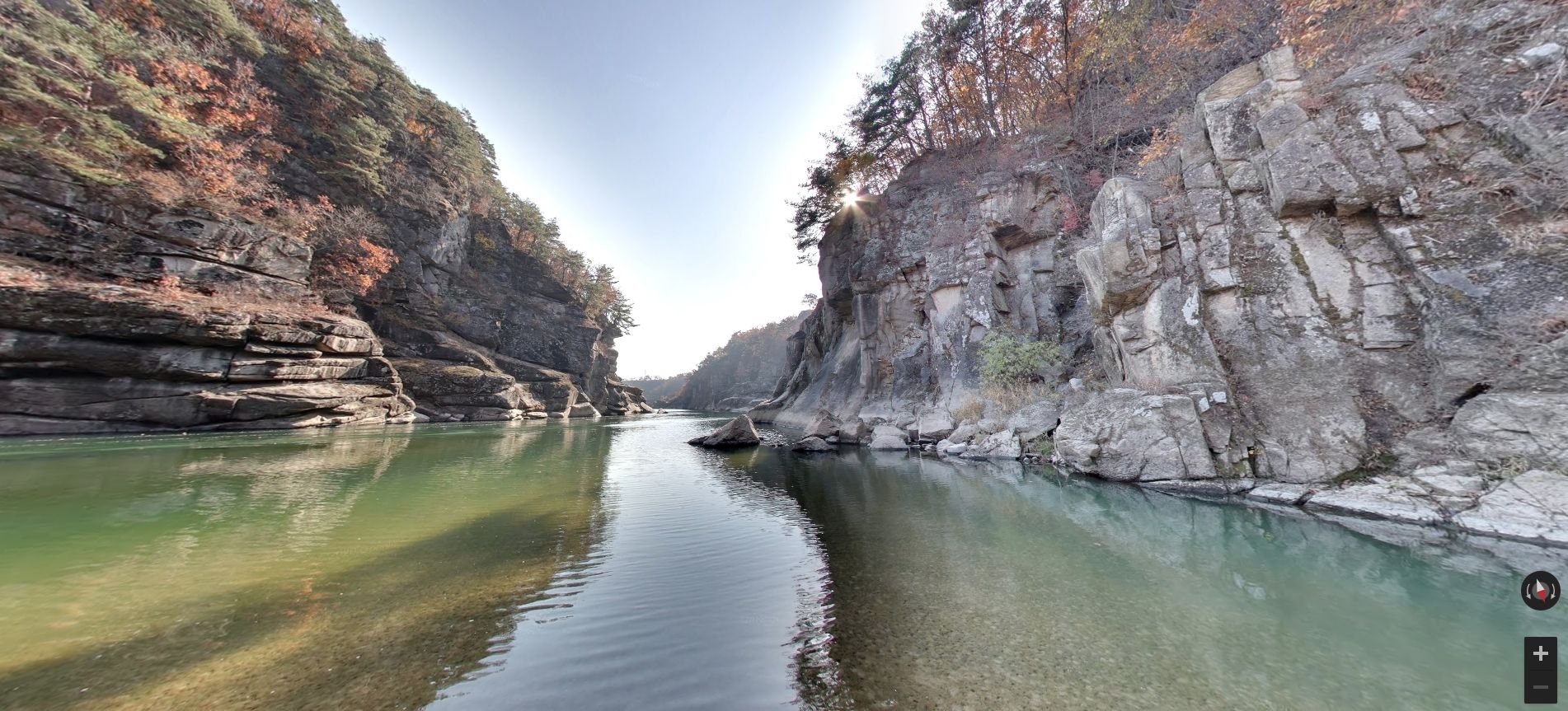The Korean War ended 70 years ago, but most people are still forbidden to enter the area, surrounded by high fences with mines. The demilitarized zone (DMZ) stretches for 250 kilometers along the border between North and South Korea, an area that was once the center of conflict between the two countries. For decades, this land has become a haven for animals rarely seen on the Korean peninsula, such as bears, cranes, deer, and otters.
What did the cameras see?
For the first time, people got a rare chance to look at this closed part of the world. 360 degree view of the landscape. The project is the result of collaboration with nine South Korean cultural institutions, including the demilitarized Regional Ecology Research Institute and the National Ecology Institute of South Korea, which studies the environment within the region. Scientists studying the DMZ’s ecology are among the few allowed to enter the area.
Since the demilitarized zone actually traverses the entire peninsula, it protects a very wide range of habitats, from mountains to swamps, lakes to tidal marshes.

Screenshot of 360-degree panorama / Screenshot of Channel 24/National Institute of Ecology/Google Arts & Culture
- Wildlife research reveals 6,168 species in eight regions of the DMZ.
- Of the 267 endangered species on the Korean Peninsula, 102 have been recorded here.
- For example, they recorded long-tailed musk deer and musk deer living in rocky mountains. The cameras also spotted rare golden eagles dominating the sky, unique plants thriving in dense undergrowth, and numerous insects in forests and near rivers.
- Although fences and mines can stop people, otters move freely along the river system.
- Remote cameras also show some animals that are more difficult to catch. wild cats and yellow-throated marten.
- Also recorded here. Asian black bear cubIt gives hope that this species, which is in danger of extinction due to poaching and habitat loss, reproduces successfully in this area.
- And although in the area did not see large predators such as tigers or leopardsThey can live somewhere deep in the forests.
Animals of the demilitarized zone / Photo by the National Institute of Ecology / Google Arts & Culture
The lack of people led to the fact that demilitarized zone becomes a major location for cranes. Seven out of 15 crane species in the world are found in Korea, including the globally endangered red-headed crane and white-headed crane. It was discovered that these birds spend the winter peacefully in an area that is forbidden to humans.
Researchers also conducted a survey of the area and discovered several rare plants. These include the rare Pogonia japonica orchid and the Korean flowering plant Patrinia saniculifolia. The name of this plant translates as “eternal love”.
Why was the demilitarized zone created?
- On July 27, 1953, after three years of war, the Armistice Agreement was signed, which officially ended the war between the countries.
- The DMZ was created as a buffer zone to separate North and South Korea and prevent further conflict and promote peace after the ceasefire.
- The region stretches for 250 kilometers from east to west along the Korean Peninsula, with the two countries’ borders separated by a gap of four kilometers. It covers an enormous area of approximately 907 square kilometers, which is almost twice the size of New York City.
Source: 24 Tv
I’m Maurice Knox, a professional news writer with a focus on science. I work for Div Bracket. My articles cover everything from the latest scientific breakthroughs to advances in technology and medicine. I have a passion for understanding the world around us and helping people stay informed about important developments in science and beyond.














